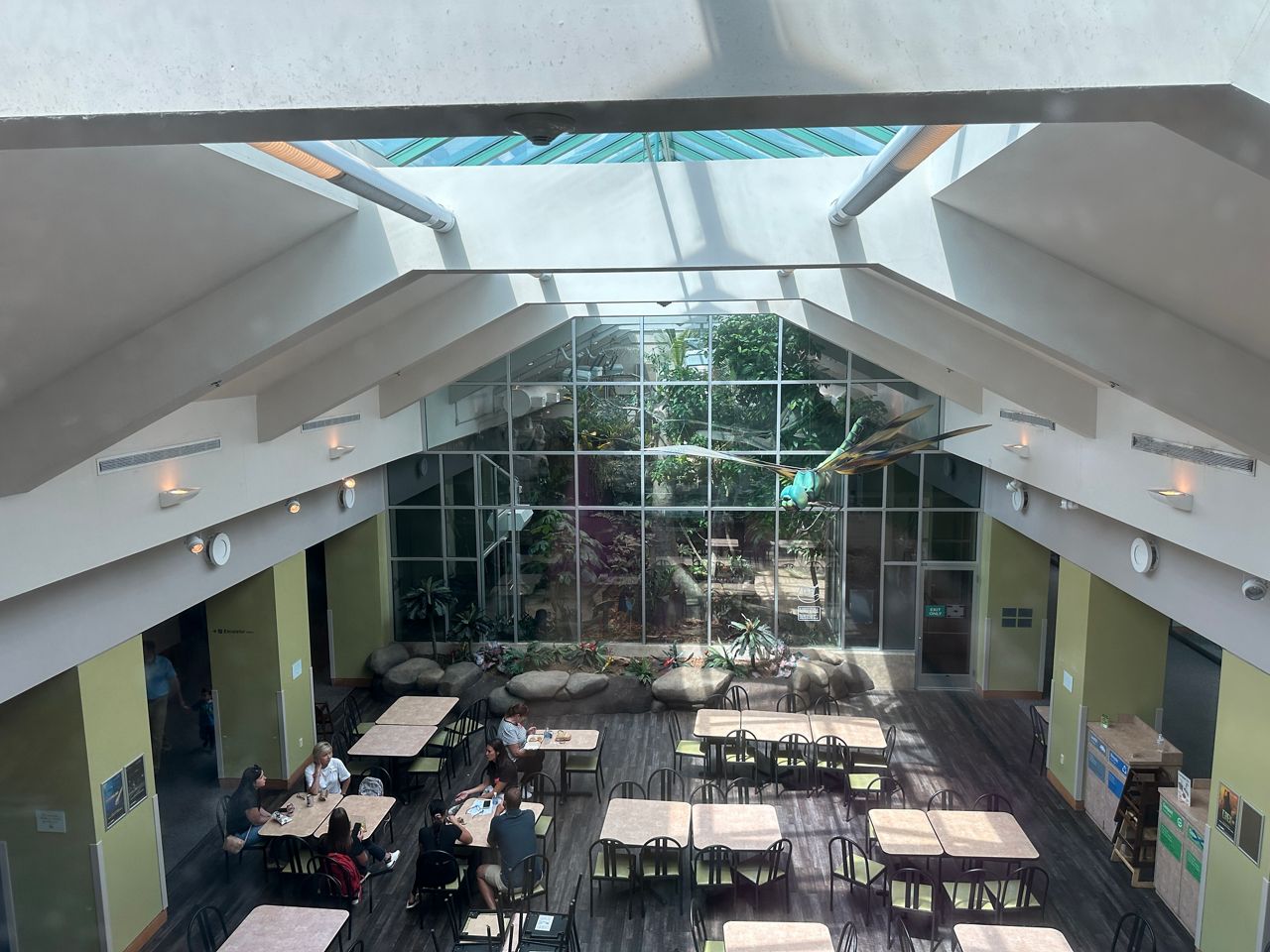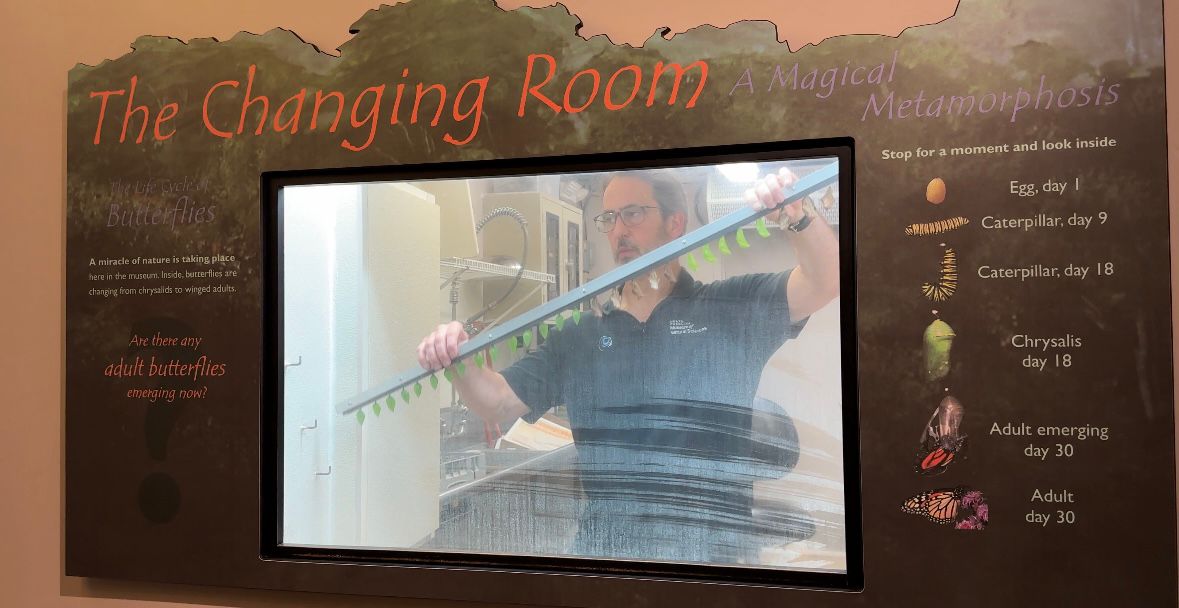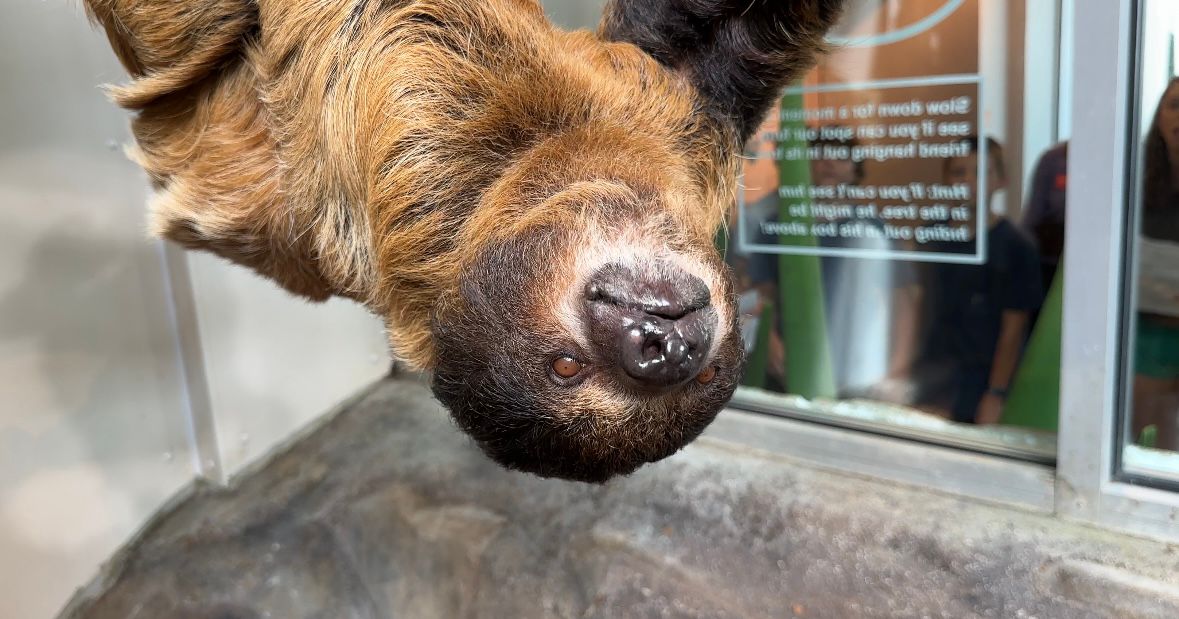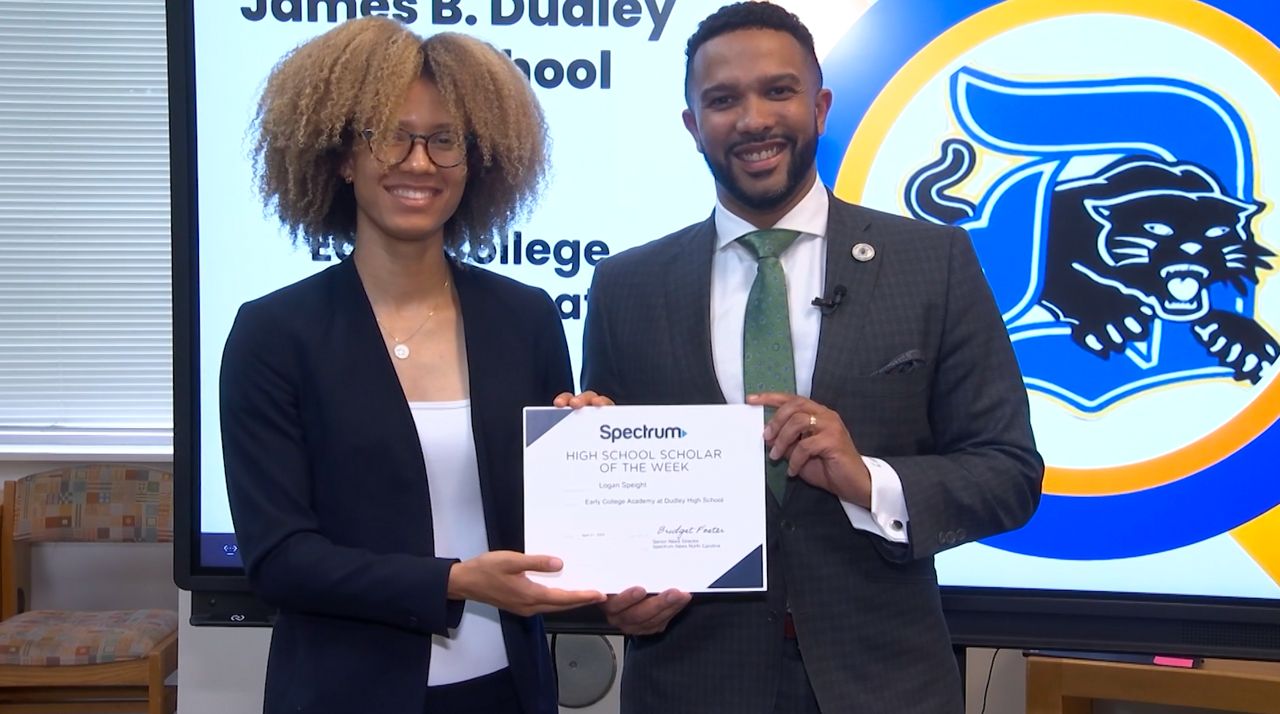RALEIGH, N.C. — The North Carolina Museum of Natural Sciences opens its doors for its Living Conservatory, also known as the "Butterfly Room," this weekend.
A Southern two-toed sloth, ornate wood turtles and hundreds of butterflies are featured in the new exhibit.
What You Need To Know
- The North Carolina Museum of Natural Sciences opens its doors for their Living Conservatory or ‘Butterfly Room’ Saturday
- The Living Conservatory has more than 100 butterflies of 30 different species. There are also turtles and a sloth
- Guests can visit the ‘Butterfly Room’ seven days a week from 10 a.m. to 4 p.m.

These species, along with a Brazilian black tarantula and Stuart’s milk snake, behind glass, are animals you will find in the North Carolina Museum of Natural Science's Living Conservatory that represents a tropical dry forest.
While many guests visit the museum every day, the seasonal Living Conservatory is always a crowd favorite. The Butterfly Room sees, on average, about 1,200 visitors a day.
Andy Kauffman, head of the Living Conservatory and Arthropod Zoo, has been helping the butterflies get ready to visit the guests for years.
“It’s a fun job. I really enjoy it. That’s always been the thing for me,” Kauffman said. Beginning in 1999 as an intern at the North Carolina Museum of Natural Sciences, Kauffman ascended through the ranks, contributing to the design of exhibits in the Living Conservatory.
One of Kauffman’s duties involves unpacking butterfly pupa delivered from Costa Rica bi-weekly.
“In Costa Rica, they have the climate conditions and perfect kind of environment for rearing them,” Kauffman said.
At any given time, the Living Conservatory has 100 to 200 butterflies of 30 different species.
“The butterflies that we select for this room are ones that are, you know, very kind of showy and flighted and give a lot of movement. Some butterflies aren’t like that,” Kauffman said. “Normally, they some of them fly when it’s like early evening or early morning.”
After Kauffman carefully unboxes all the butterfly pupa, being mindful of their humidity, he pins them carefully onto rods and places them in the ‘Changing Room’ to replicate the pupa hanging in the wild. A climate-controlled enclosure allows guests to observe butterflies emerging from their chrysalises.

“As we put the pupa in the chamber, it takes them about a week and a half to all emerge… as you’re a guest watching the chamber from the outside, every day you come, you’ll see different butterflies coming out,” Kauffman explained.
While butterflies flutter and zip around the area, one of their roommates is a little slower, their two-toed sloth.
Karen Medina-Jauregui, curator of the Living Conservatory, said she’s been working with the sloth for about a year. The sloth does not have a name.
She does training and target exercises with him to prepare him for his vet exams.
“The older he gets, the more stressful it can be. So with habituation, that’s just me just touching him. He gets used to human touch, Medina-Jauregui said. “Some of the cues are where he’ll give me his foot. ‘Open’ where he opens his mouth so that I can examine his teeth. ‘Stomach,’ I’ll just touch his stomach and leg. Target training is to help with recall so that he can come to wherever I’m at,” Medina-Jauregui said.

Medina-Jauregui will give tasty treats for the two-toed sloth as a reward, but also to balance out his diet.
“They eat a lot of leaves. It’s kind of hard to get those same ones here, but so we have to kind of find different ways to supplement his diet,” Medina-Jauregui, said.
Although he is from South America, he is a North Carolina boy at heart, as his favorite treat is sweet potatoes.
“It’s important for visitors to be able to come inside the territory and kind of see these different animals,” Medina-Jauregui, said.
Kauffman and Medina-Jauregui, say they want guests to be inspired when they visit to learn more about conservation.
“We do want to get people interested and passionate about them [butterflies]. And, to consider that in your own backyard, planting nectar plants or host plants for specific species of butterfly always helps,” Kauffman said.
The Living Conservatory spreads its wings and opens its doors on Saturday, May 24. It’s open until September 1. Guests can visit the ‘Butterfly Room’ seven days a week from 10 a.m. to 4 p.m.
Last summer’s 276,000 Conservatory visitors may be surpassed this year because the History Museum is closed for renovations. Learn about support, internships, and volunteering at the museum’s website.










